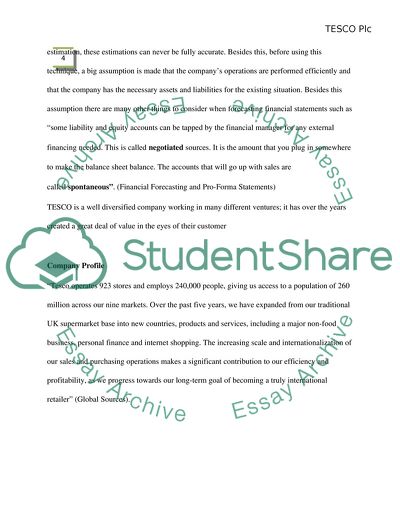Cite this document
(TESCO: Forecasting Financial Statements Case Study, n.d.)
TESCO: Forecasting Financial Statements Case Study. Retrieved from https://studentshare.org/finance-accounting/1735984-financial-forecasting-tesco-plc
TESCO: Forecasting Financial Statements Case Study. Retrieved from https://studentshare.org/finance-accounting/1735984-financial-forecasting-tesco-plc
(TESCO: Forecasting Financial Statements Case Study)
TESCO: Forecasting Financial Statements Case Study. https://studentshare.org/finance-accounting/1735984-financial-forecasting-tesco-plc.
TESCO: Forecasting Financial Statements Case Study. https://studentshare.org/finance-accounting/1735984-financial-forecasting-tesco-plc.
“TESCO: Forecasting Financial Statements Case Study”. https://studentshare.org/finance-accounting/1735984-financial-forecasting-tesco-plc.


